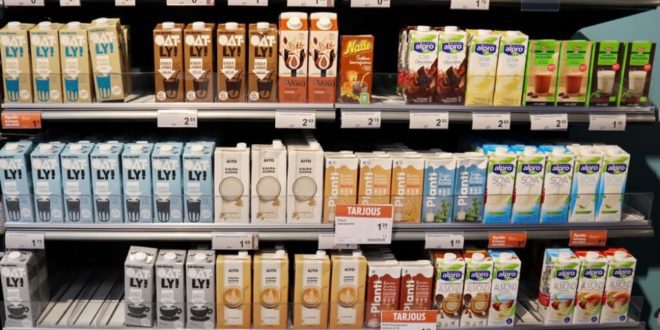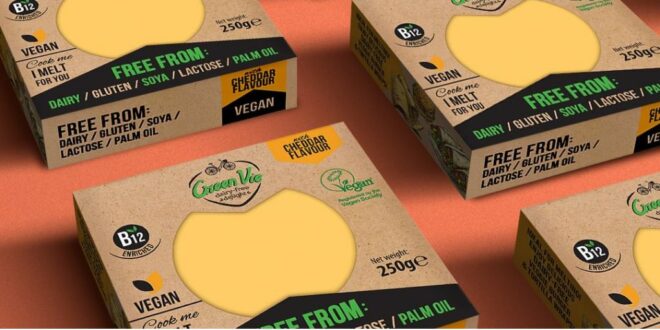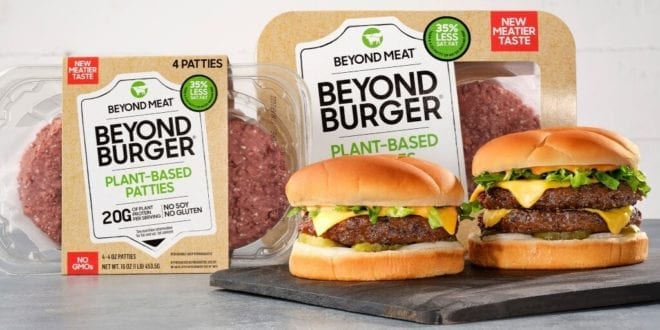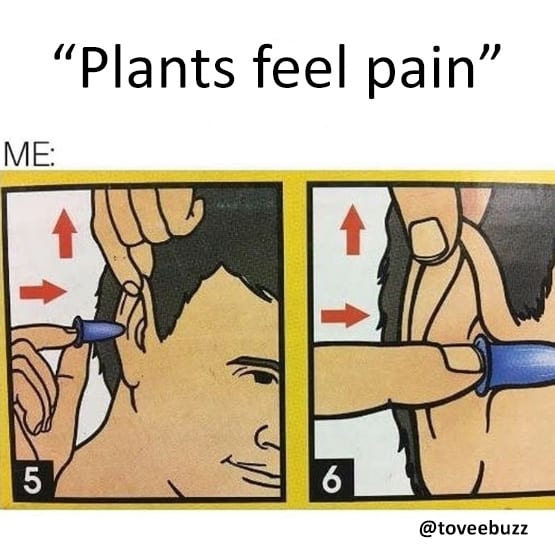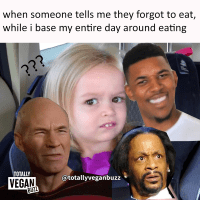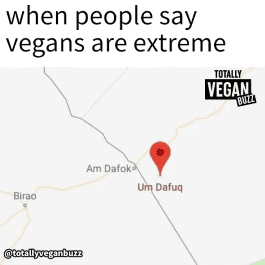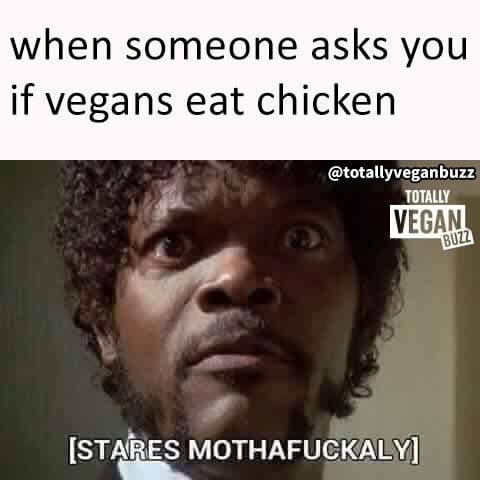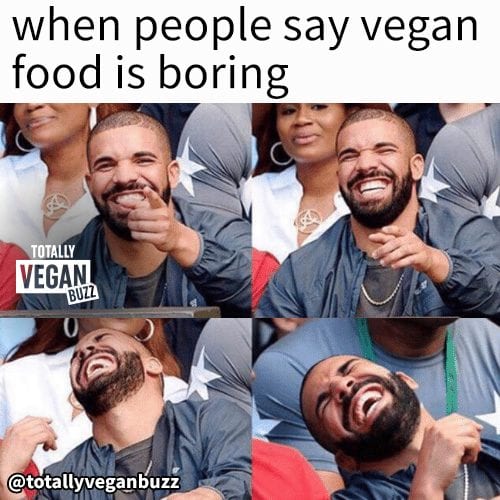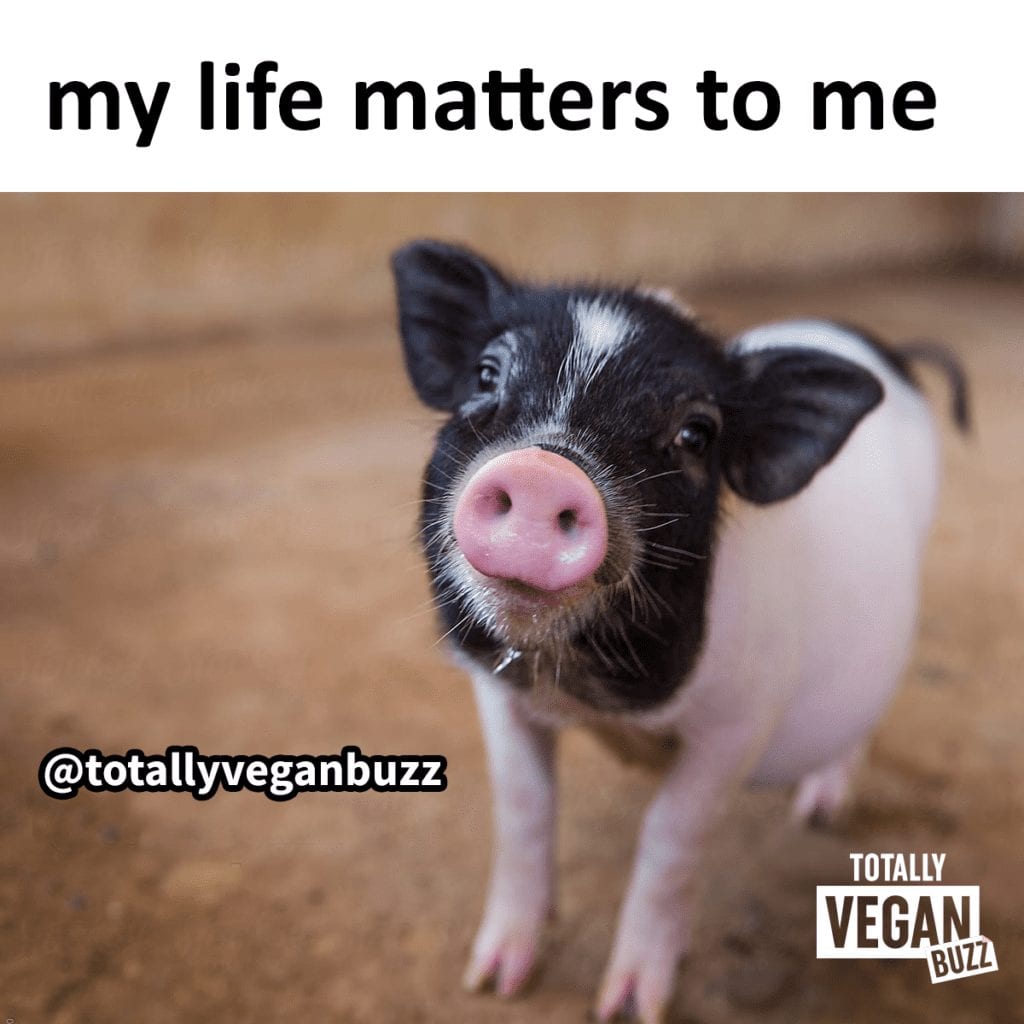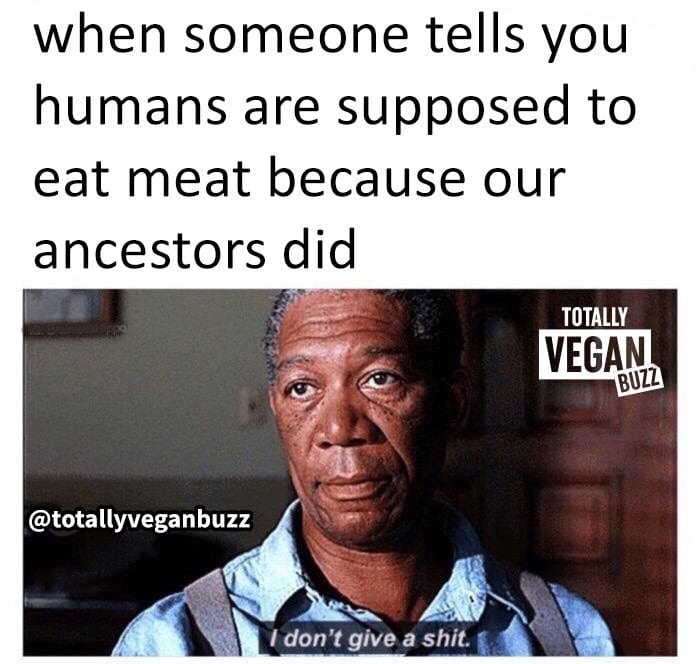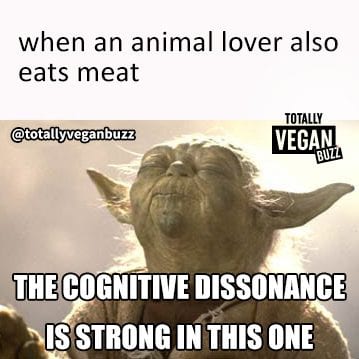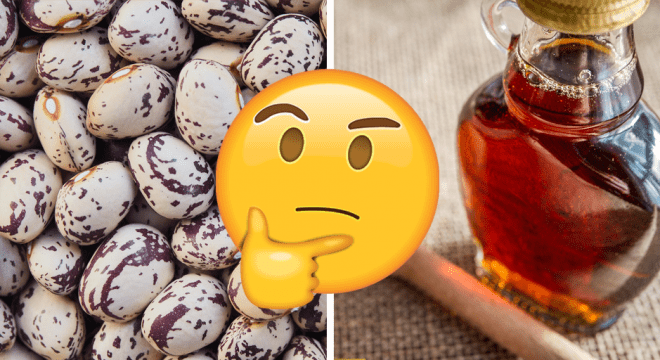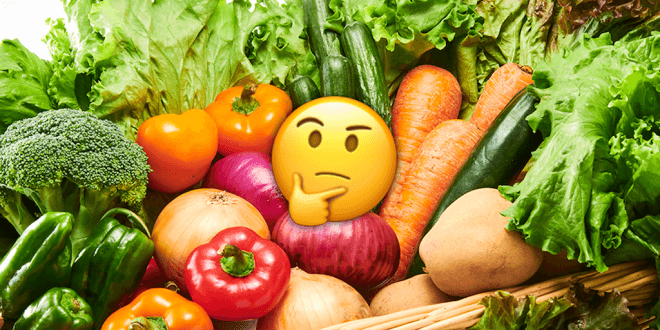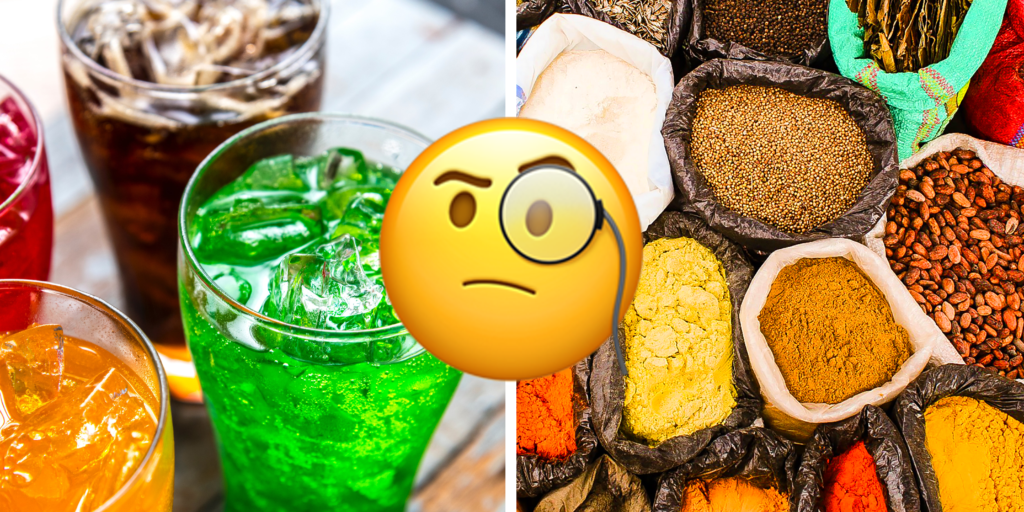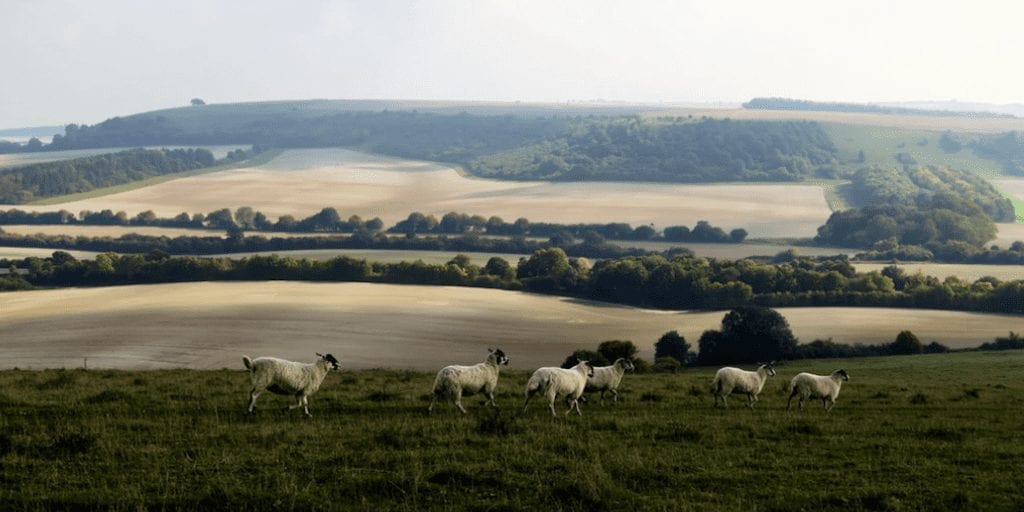
The UK could meet its Paris Agreement targets by turning land used for animal agriculture back into forests, according to new research from Harvard University.
The report concluded that converting land currently used for grazing and growing animal feed crops back to forest could soak up 12 years’ carbon emissions.
The land could be converted to grow health-promoting crops for human consumption, which would in turn make a national contribution to tackling the global climate crisis and provide enough protein for the British population.
British lead author Dr Helen Harwatt, from Harvard University, said: “It’s essential for the UK to have a Paris-compliant food system and right now it’s far from that.
“Our research shows for the first time that it’s possible – and could deliver multiple benefits to the UK population, including more provisions of healthy food, and more forest areas for recreation.
“The new habitats would also create opportunities to tackle the wildlife crisis by reintroducing wildlife, such as beavers, turtle doves and lynx – which is also great news for a nation of animal lovers.”
Imports
The UK imports 90% of its fruit and vegetables, which puts it in an increasingly precarious position in light of climate change impacts and shifts in international trade, especially while Brexit looms large, Dr Harwatt argued.
Almost half of all land in the UK is currently used for farming animals and repurposing it represents a good opportunity in meeting climate goals, as it provides very little nutrition compared to the resource inputs involved.
Beans and other pulses are very efficient crops to grow in Britain – as they have nutritional and environmental benefits – and could be grown in place of animal feed, in addition to a range of fruit and vegetables.
Co-benefits
Co-author Dr Matthew Hayek from Harvard University said: “The UK is well suited to growing forest as a natural climate solution. Hundreds of years ago, forests covered the UK as its natural land cover.
“Most grazing occurs on pastures that would return to forests if left untouched by humans and farm animals.
“Forests not only pull carbon dioxide from the atmosphere, but also provide a range of co-benefits such as water filtration, flood defense and greater soil carbon capture – which will all become even more important as the impacts of climate change increase.
“It’s important for any large-scale land use changes to address potential trade-offs – such as economic livelihoods, which must be protected.
“While there are huge opportunities to diversify farming and food production on croplands, many pasturelands in the UK are better suited for shifts to reforestation than they are for crop production. This needs to be supported by addressing the financial and social barriers.”
Off track
The UK is off track to meet its legally binding commitment to reducing greenhouse gas emissions by 80% by 2050, and even further reductions would be required to align with the 1.5°C goal of the Paris Agreement.
If UK emissions do not decrease from current levels, they will be consistent with temperatures beyond 1.5°C of warming in just 12 years’ time.
Radical action, far beyond that currently planned, is required to reduce emissions steeply and rapidly, the report explains.
Meeting the Paris Agreement also requires carbon dioxide (CO2) removal from the atmosphere, which the researchers found we can ‘eat our way to’ by returning pasture and animal feed crop land back to forest.
Two scenarios
The report details unique findings from two scenarios – the first maximises CO2 removal by returning pasture land and cropland used to grow animal feed back to forest. This removes the same amount of CO2 as 12 years of the UK’s current emissions.
The second scenario trades off some of the CO2 removal and keeps croplands in production, to allow for an increased and diversified supply of fruits, vegetables, nuts, seeds, grains and pulses to the UK population. This removes CO2 equal to 9 years of the UK’s current emissions.
We currently grow 50% of what we eat in the UK. Under both scenarios, we would be able to provide all our calorie and protein needs.
Currently 91% of all cropland is used to grow only seven crops, most of which are used for animal feed.
Scenario 2 maximises the opportunity to produce more fruits, vegetables and pulses, to help meet changing consumer demands for more plant-based foods, and help address the mass under consumption of the five-a-day fruit and vegetables recommendation.
In relation to the 1.5°C goal, this shift would double the UK’s carbon budget, extending the time frame before the 1.5°C budget is exhausted.
What do you think of this study? Tell us in the comments section below!
About The Author
Lifestyle
Vegan culture, food, beauty & more
Is Tobey Maguire vegan? Here’s what we know
- Mohsina Dodhiya
- 17th August 2023
Tobey Maguire often speaks about veganism and animal issues. Tobey Maguire, the actor best known for playing Spider-Man in the Sam Raimi trilogy, is a vegan. He has been a vegetarian since 1992 and became a vegan in 2009. A lifelong commitment to animal rights Maguire’s decision to go vegan was motivated by his love …
Continue reading “Is Tobey Maguire vegan? Here’s what we know”
Plant-based food jobs surge with 32% growth in just 3 months
- Mohsina Dodhiya
- 17th August 2023
The number of open jobs advertised in the plant-based industry increased by almost a third from April to July 2023, GlobalData reported. The plant-based food industry is booming, and this is reflected in the number of job openings in the sector. According to data from GlobalData, the number of open jobs advertised in the plant-based …
Continue reading “Plant-based food jobs surge with 32% growth in just 3 months”
VEGAN MEMES
NEED A LAUGH?
QUIZZES
All the quizzes you love to binge!
QUIZ: If you score 11/12 on this quiz, you’re a verified vegan food expert
- Marlon Farrugia
- 10th January 2020
How much vegan knowledge do you have stored away? Do you have to Google your way through a shopping trip, or do you have all the bad E-numbers memorised? Find out now with this quiz.
QUIZ: What is your perfect Vegan Halloween Costume?
- Marlon Farrugia
- 13th October 2019
Spook Season approaches. There will be ghosts, goblins, ghouls, and glucose. You need a costume, and you want to it to show off your personality, which means VEGAN. But what to choose? Take our quiz to find out your perfect outfit.
QUIZ: What kind of vegetable are you?
- Marlon Farrugia
- 26th September 2019
“If you were a vegetable, what kind would you be?” A question that has tormented humanity throughout the ages – until now. Read: QUIZ: If you score 19/20 on THIS quiz, you’re a Vegan God

